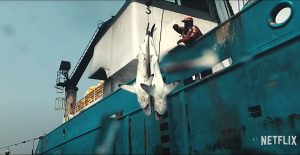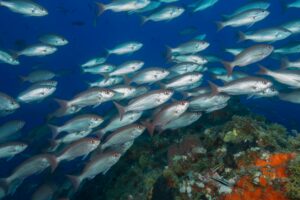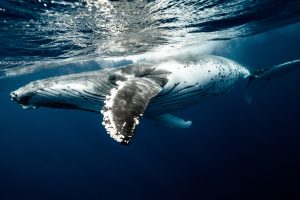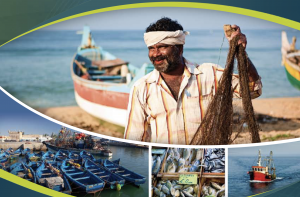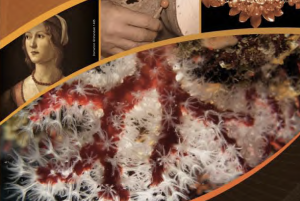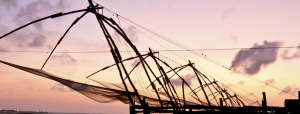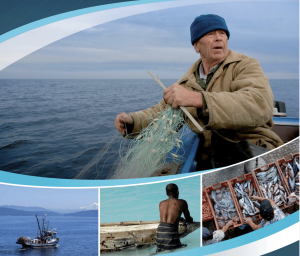According to the World Trade Organisation, seafood is the world’s most traded food commodity, beating both soya and wheat. The most traded seafood by value, says the FAO, is shrimp, followed by groundfish (hake, cod, haddock and Alaska pollock), salmon and tuna.
In 2018, according to the FAO, 59.51 million people were engaged in the primary fisheries business, of which 39.0 million people worked in capture fisheries and 20.5 million in aquaculture, on a full-time, part-time or occasional basis.
Over the past fifty years, the world’s reliance on food protein derived from fish has escalated significantly. In 2020 the FAO reported that globally, ‘fish provided more than 3.3 billion people with 20 percent of their average per capita intake of animal proteins’. It said that between 1961 and and 2017, the increase in the world’s consumption of fish outpaced the world’s population growth, which recorded respective average annual growth rates of 3.6 and 1.6 percent. In contrast, over the same period, the amount of animal protein received from other sources, such as meat, dairy and milk, increased by just 2.1 percent per year.
IWMC believes that the world’s food security is being unnecessarily threatened by three interrelated and mostly negative trends:
1. The proliferation of demands for large no-take marine protected areas (MPAs).
2. The proliferation of unwarranted and inefficient listings of marine fish species in CITES’ Appendices.
3. The proliferation of certification programs of fish products.
The proponents of these three agendas – despite claims to the contrary – root their campaigns neither in marine science nor in the best interests of conservation of species or habitats. Rather, their campaigns are based on an idealistic and emotional view of nature that’s out of sync with reality.
For example marine protected environments, covering up to 30 percent of the world’s oceans, are being spoken of in NGO circles as is if they provide a magical solution to countering environmental degradation and the decline of marine species. Contrariwise, large-scale marine protection zones threaten livelihoods and intensify environmental degradation tendencies elsewhere. Experience shows that when fisherfolk and others who make their living from the sea lose access to one area, they intensify it in another. Such tensions and contradictory outcomes make holistic resource planning almost impossible. Moreover in the real world, fish do not respect arbitrary lines on maps. (see: No-take MPAs ‘Do nothing to mitigate problems facing U.S. oceans’.)
The listing of marine species in CITES’ trade restraining appendices has become an end in itself, divorced from any benefits that they might bring. In fact, marine species are often proposed for listing even though the proposers know that similar existing listings have damaged the ability of the fisheries sector to manage fish stocks efficiently. In other words, parties keep proposing more marine species for listing in CITES’ appendices, despite the fact that the new listings are unlikely to be more efficacious than the existing, failing entries. (See: Securing better Implementation of marine fish species listings in the Appendices CoP-18 Doc. 12).
Meanwhile the emergence of so-called sustainable seafood certification schemes masks a money-making business that does little to protect consumer interests or marine environments or individual species. For example, the International Seafood Sustainability Foundation (ISSF), which provides a seal of approval in the USA for canned tuna, was created by Chris Lischewski, president and CEO of Bumble Bee Foods, following negotiations with WWF. Lischewski’s intent, it became clear later, was to end a long-standing consumer-friendly price war between three major tuna companies by forming a cartel, using ISSF as a cover for their illegal collaboration. Thankfully, Lischewski was jailed and the companies were fined, went bankrupt or both. But unfortunately ISSF survived the scandal. The NGOs involved still collect 13 cents or more on every can of tuna sold because they are retailed with their ‘trust’ logos stamped on the tins.

